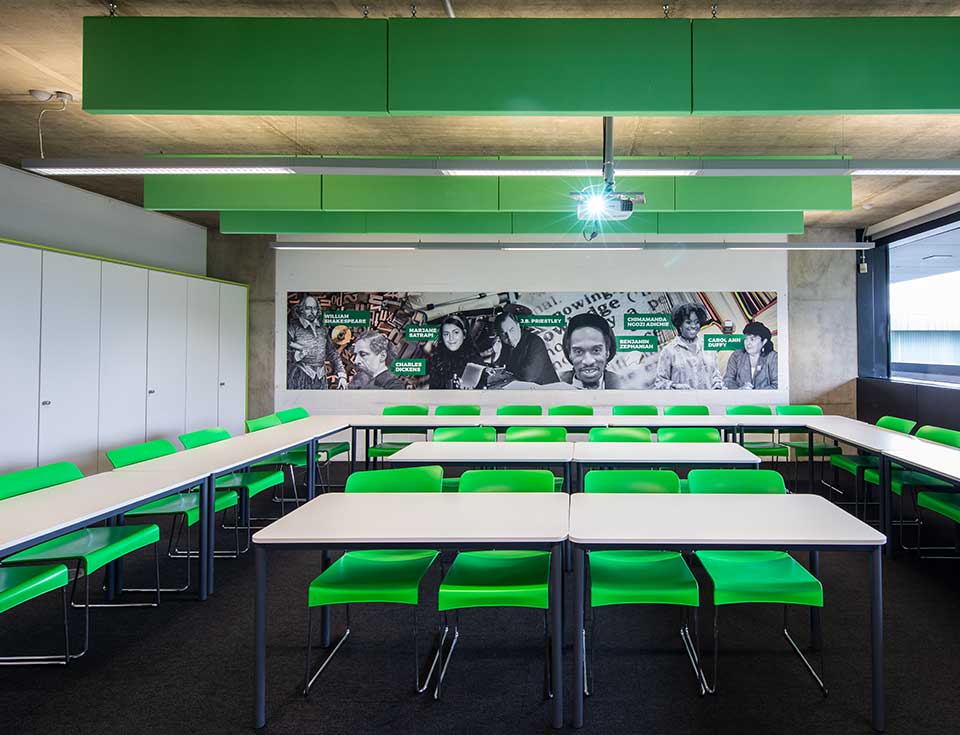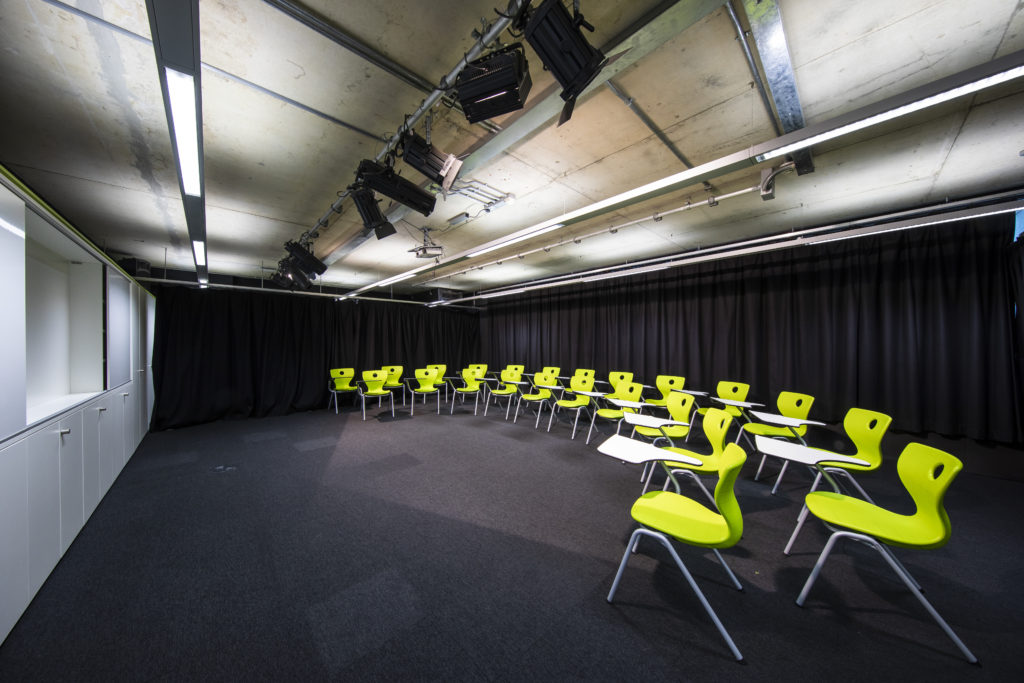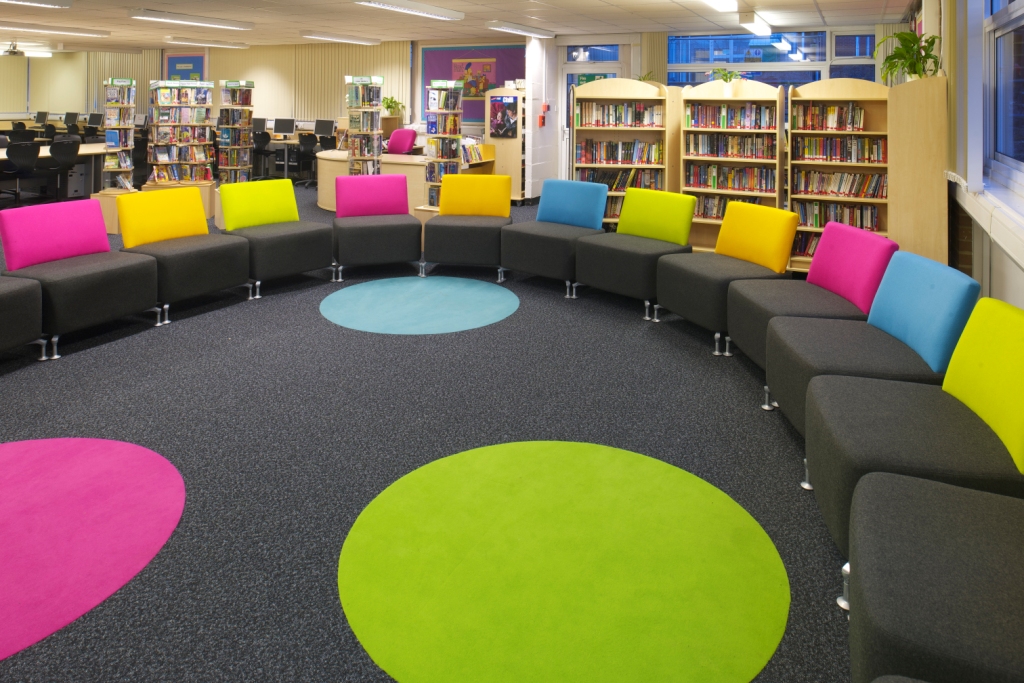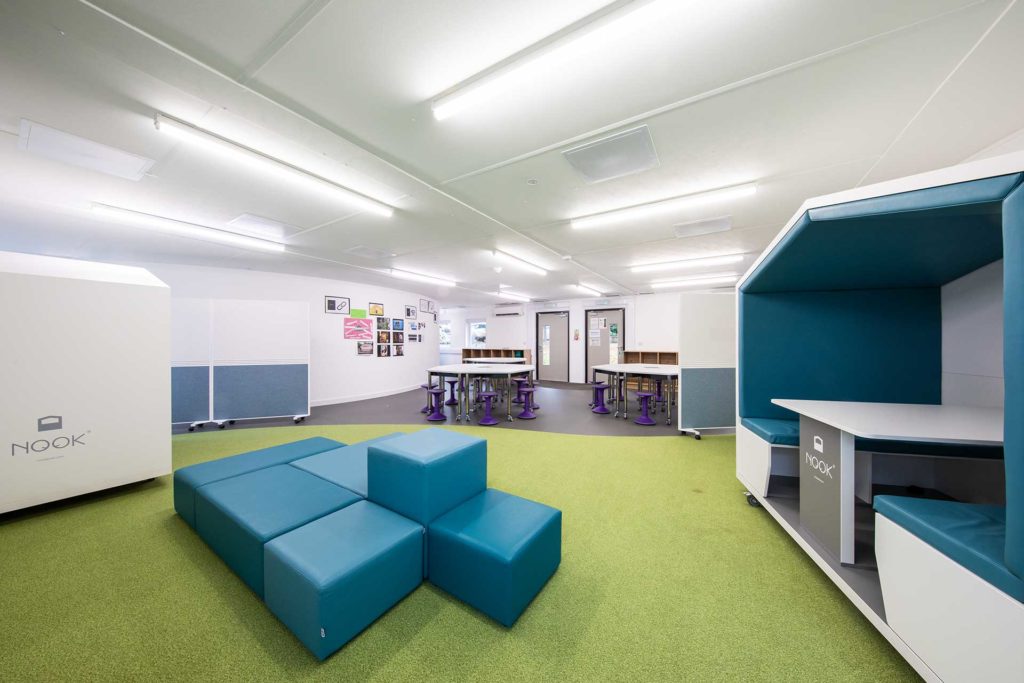It is impossible to underestimate the importance of good acoustics in your classrooms. This article looks at why good sound properties are key to learning, what you can do to remedy bad aural transmissions and how Envoplan can ensure your classrooms are acoustically superior with quality sound absorption to maximise engagement. Put simply; the better everyone can hear, the better your students’ results will be.
What Problems Are Caused By Bad Sound Management In A Classroom?
If your classrooms reverberate with noise and it is difficult to hear who is talking, think how your staff and students are trying to cope. The impact of constant loud sounds in your learning areas gives rise to students having difficulties with reading, language, speech and spelling as well as cognitive development, leading to a lack of focus and motivation, added stress and negative social interaction. If your teachers are hard to hear over the general hubbub in your classrooms, your students will feel a lack of engagement meaning their relationships with those trying to teach them and also with other pupils may significantly deteriorate. Studies show that schools featuring bad sound management leads to a number of disorders including voice strain from teachers having to shout, or hearing issues for both students and teachers as well as pupils’ behavioural issues, often resulting in poorer classroom discipline.

Why Are Good Classroom Acoustics So Important?
Classrooms with quality acoustic management remove distractions from students’ auditory systems so they can concentrate fully on their work. Envoplan has acoustic solutions that help with improved student spelling, language comprehension and aid both the retention of information and concentration. Especially for young learners, hearing at an early age in the classroom means higher levels of understanding when sounding words out; for all learners, sound absorption makes it easier to hear and understand their teachers, meaning they will retain a greater knowledge from their subject lessons.

How Can You Improve Your School’s Acoustics?
There are things you can do in the short term – how feasible they are depends on the space you have. For instance, you can hang thick curtains, install wall to wall carpet, and include soft furniture to ‘soak’ up reverberations.
However, many schools simply do not have spare areas for additional furniture and thick curtains or expensive carpet may not be a practical solution in a lab, dining hall, food tech room or classroom. This is where Envoplan comes in.

How Can WE Improve Your School’s Acoustics?
Our experienced designers work with you to see what the issues are that affect your school. Here are just some examples of our range of sound property processes to ensure your classrooms can become proficient in auditory management: Firstly, our noise absorbing wall panels look smart and fit in with any environment to minimise the effects of sounds in your classrooms. Secondly, our doors and windows are made to the highest and most accurate specifications to maximise a reduction in classroom cacophony. And thirdly, acoustic floor panels or carpet tiles give you comfort underfoot that also brings your classroom sound levels down. Contact us to find out more about how to improve your learners’ opportunities with acoustic management throughout your school.
Give your teachers the best chance to teach and your learners the best chance to learn with Envoplan’s acoustic planning.




